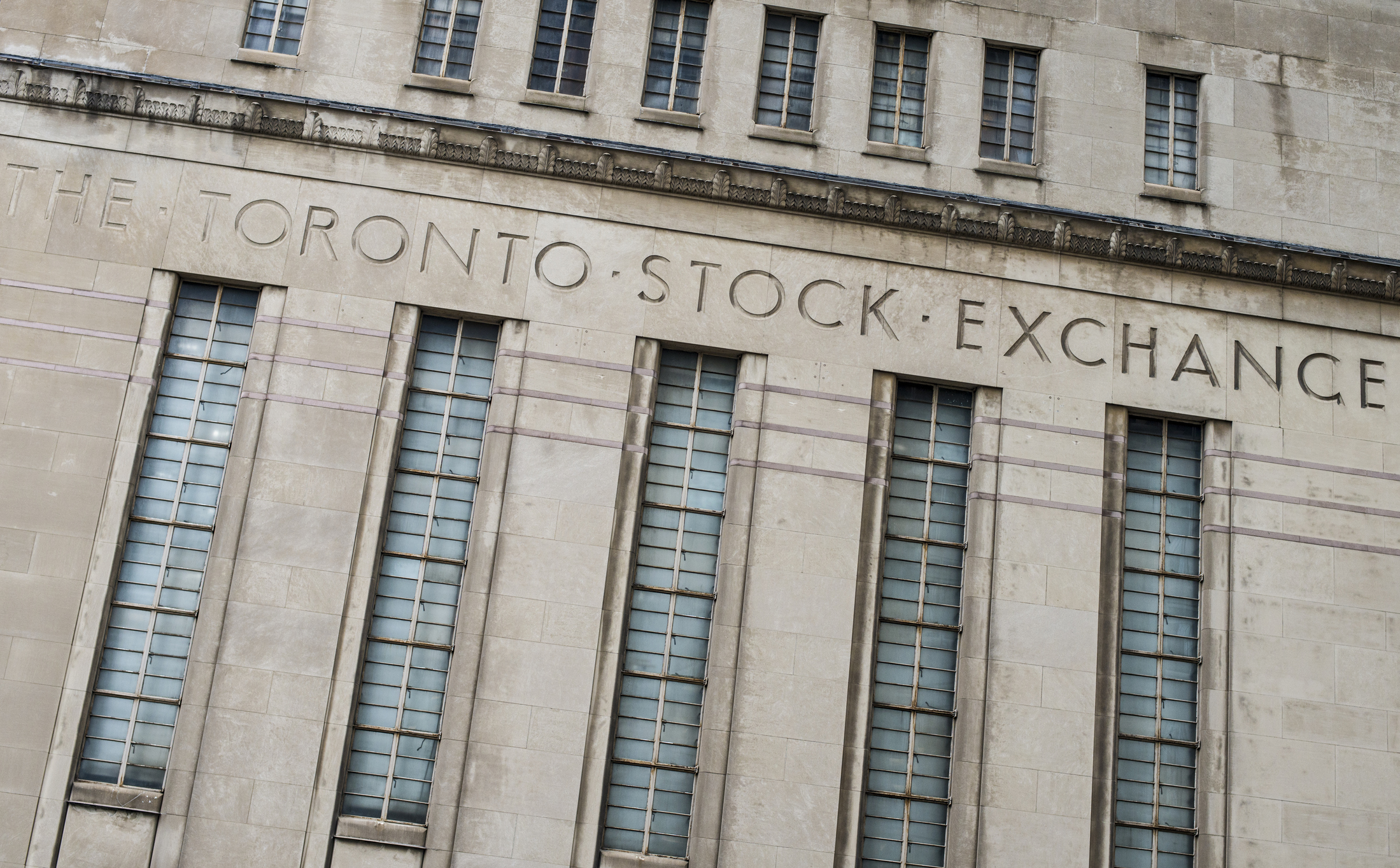Credit’s day of reckoning is upon us
In most of my presentations and lectures I mention that the two most important things that I have learnt from over 40 years of studying and working in financial services are:
- Don’t put all your eggs in one basket; and
- The bigger the party the bigger the hangover (or to put it another way, risk and return are strongly positively correlated)
These two maxims are paramount when it comes to fixed interest and credit. This is because – unlike equities – if all goes well all that a fixed interest investor can expect to receive is the return of invested capital plus accrued interest. There is no upside beyond that. In the past, this has mostly led to equities managers, where upside is unlimited, being highly optimistic people and fixed interest managers, where permanent losses are seen as a bad thing, being much more sanguine people.
I am not sure if the asymmetric nature of fixed interest/credit investing has attracted more dour people or if more dour people are better suited to managing fixed interest. Do bad drivers buy Volvos? Or does driving a Volvo make one a bad driver?
The past couple of decades has been a Goldilocks environment with incredibly benign credit conditions as evidenced by very low defaults. As such, some of the “irrational exuberance” (thanks Professor Shiller for the terminology) has spread from equity-type investing to credit investing. That has led to credit investment managers spruiking high returns whilst conveniently understating the risks of lower-quality credit.
So much so that some very risky private credit has been sold as ‘senior debt’. Whilst this may be technically correct, the senior debt of one enterprise may still be much riskier than the highly subordinated debt of a well-capitalised and more secure organisation. Additionally, historically very low interest rates have led to a reach for yield whereby low quality credit has been mispriced (and is still mispriced in my opinion) and investors have paid (and on some occasions are still paying) too much for higher risk assets.
For example, high-yield spreads, despite recently widening from 425 basis points to 500 basis points, are more consistent with buoyant economic activity than the recession that I am expecting. Because defaults have been very low and because any economic downturns have been short and sharp with a V-shaped recovery pretty, the strategy of continually adding credit risk has worked very well and pretty much whoever took the lost risk made the highest return.
This leads me to an old joke:
How do you tell the silly person at a cockfight? He/she is the one with a duck!
How do you tell the even sillier person at the cockfight? He/she is the one that bets on the duck!
How do you tell if the US Federal Reserve were at the cockfight? The duck wins!
What I am trying to say is that those that have made high returns by overpaying for higher-risk/lower-quality credit have been lucky and that credit conditions are unlikely to be so easy in the future. I believe that the day of reckoning is upon us and now is the time to take a very thorough look at one’s credit exposures. I am expecting default rates to rise and normal vision to resume.
If that is the case, investors are very likely to find out that not all credit is equal, or to quote an old TV advert for Castrol “oils ain’t oils”.
Instead of investors saying “Phew, that was just a bad dream – now back to the races” I am expecting some investors to experience some real impairment to their credit portfolios. To quote an oft used parable, the rising tide has lifted all credit investments and when the tide goes out, we will see who is wearing bathers (i.e. which credits are money-good and which are not).
My suggestion is that those contemplating investing in credit strategies should risk-adjust all expected returns and be very wary of the promise of higher returns without understanding the risks involved. For example, the proliferation of private debt strategies has lead to a weakening of the borrowing/lending covenants, and the margin for bank hybrids may not compensate one for the risk of investing in such sub-ordinated investments. Just ask the Credit Suisse sub-debt holders!
It is not all bad news. Credit strategies that are willing to accept a lower return to make sure that they are money-good and have a very low chance of permanent impairment still make a lot of sense to me. Long live the Revolution!










